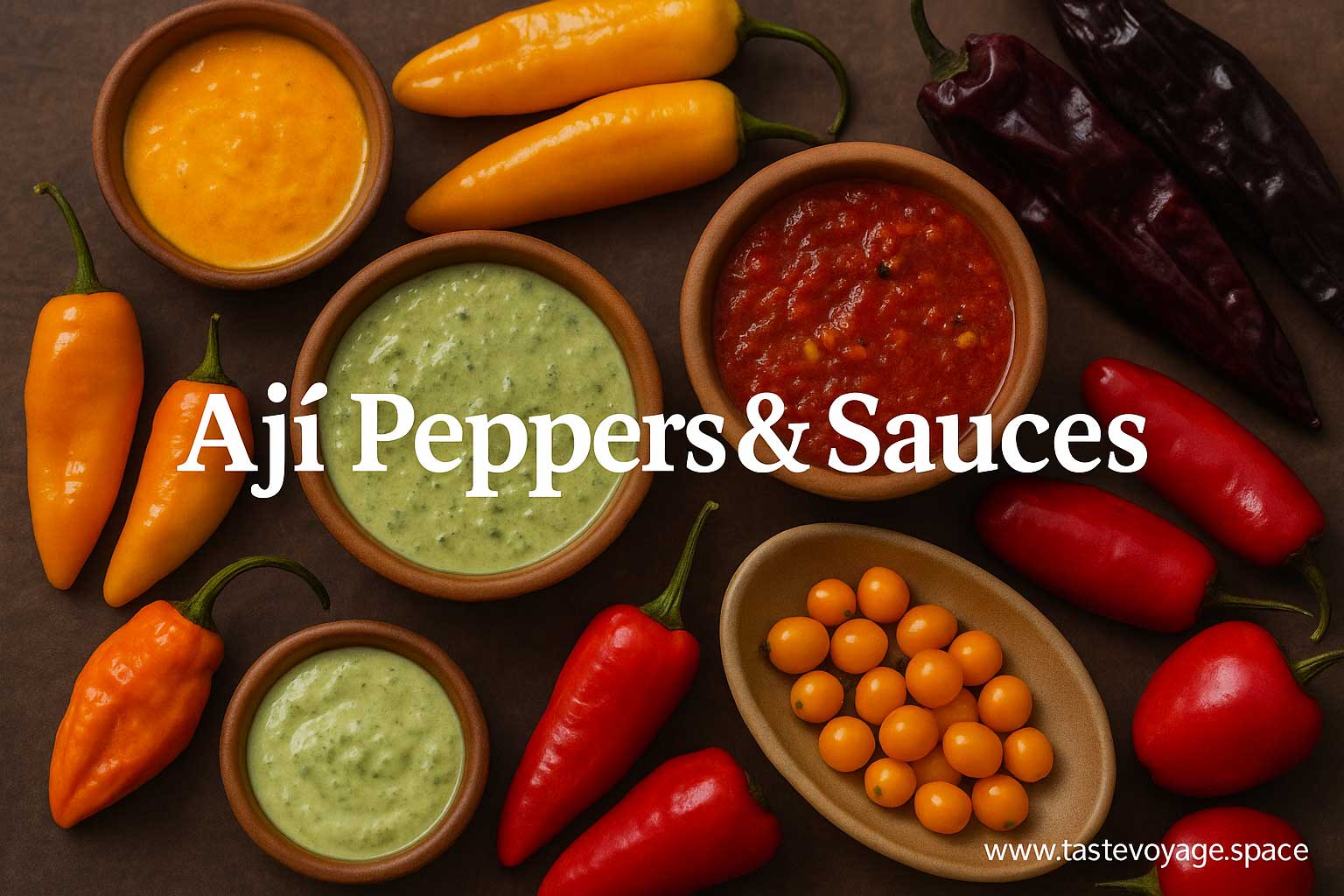Hot Peppers 101: Your Ultimate Working Guide
Travel the World Through Food >> Ají Peppers & Sauces>>Peruvian cuisine>> Hot Peppers 101: Your Ultimate Working Guide
Hot Peppers 101: Your Ultimate Working Guide
Working with Hot Peppers Guide
Embracing the vibrant world of hot peppers
Hot peppers are more than just fiery ingredients—they are a symbol of culinary artistry and cultural richness around the world. From the bright red hues of cayenne to the pungent heat of jalapeños, these peppers bring a unique energy to countless dishes. Their bold flavors and vibrant colors make them a staple in many culinary traditions, inspiring chefs and home cooks alike to experiment and celebrate their fiery versatility.
The cultural significance of hot peppers
Across various cultures, hot peppers hold deep-rooted significance. They are often associated with tradition, celebration, and community. In some regions, peppers are seen as a symbol of vitality, strength, and resilience. Their use in rituals, festivals, and everyday cuisine reflects their importance beyond mere flavor—they are a part of cultural identity and storytelling.
For example, in Latin American cuisine, hot peppers are used in everything from salsas to stews, embodying a heritage of bold, lively flavors. Similarly, in Asian culinary traditions, chilies are integral to creating complex, layered dishes that balance heat with sweetness, sourness, and umami. These peppers foster a sense of connection and pride, linking generations through shared culinary practices.
The culinary significance of hot peppers
Hot peppers elevate dishes by adding layers of complexity and depth. Their heat awakens the palate and enhances other flavors, making each bite memorable. Chefs appreciate their versatility, as peppers can be used fresh, dried, or smoked, each method imparting unique qualities to dishes.
In many cuisines, hot peppers serve as a foundational ingredient that defines regional flavors. For instance, they are key to creating fiery sauces, marinades, and pickles, transforming simple ingredients into bold culinary experiences. Their natural ability to preserve food also contributed historically to their importance, especially in warm climates where preservation was vital.
Celebrating the art of working with hot peppers
Working with hot peppers is an art that requires respect and understanding. The variety of peppers offers a spectrum of heat levels and flavors, from mildly sweet to intensely fiery. Recognizing the difference allows cooks to tailor dishes perfectly to their desired taste.
The experience of handling hot peppers connects us to a broader culinary tradition—one that values the joy of flavor, the thrill of spice, and the celebration of cultural diversity. Whether used to create a fiery salsa, a comforting stew, or a delicate garnish, hot peppers inspire creativity and bring excitement to the kitchen.
Conclusion
The world of hot peppers is rich with cultural heritage and culinary innovation. They serve as a bridge between tradition and modernity, offering endless possibilities for flavor and expression. Embracing the beauty of working with hot peppers allows us to honor their significance and explore new dimensions of taste. So, venture into this vibrant universe with curiosity and appreciation, and let the heat inspire your culinary journey.
